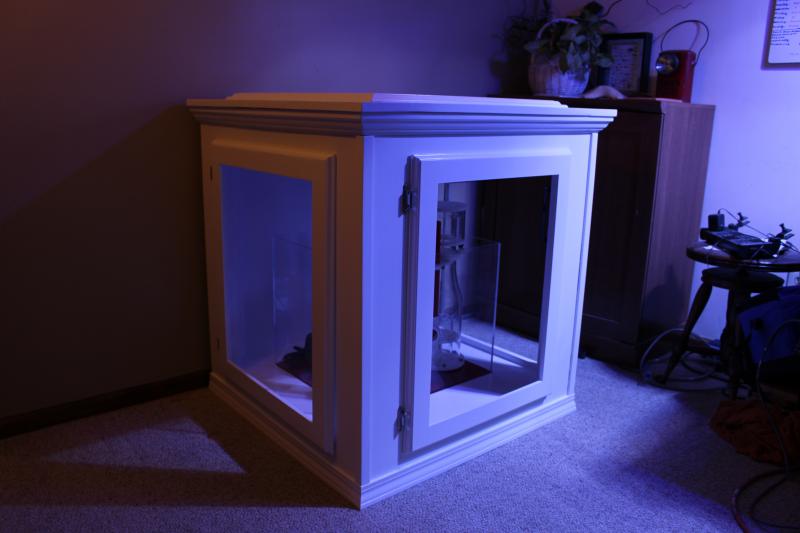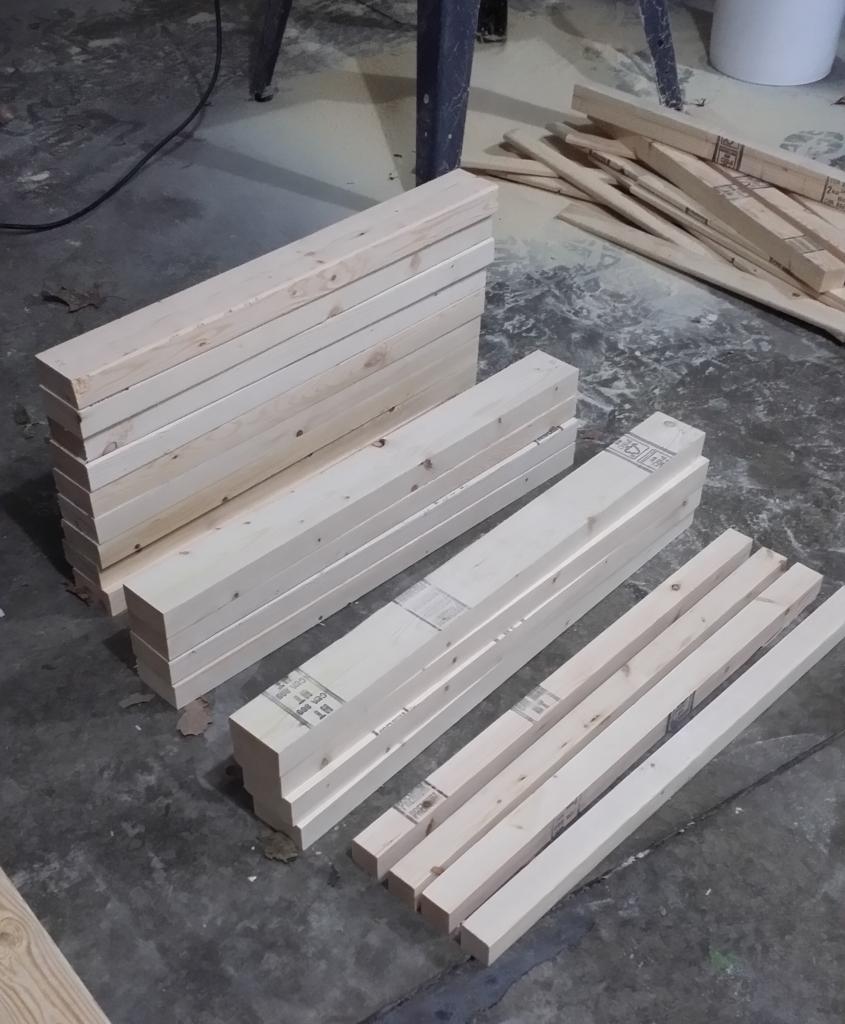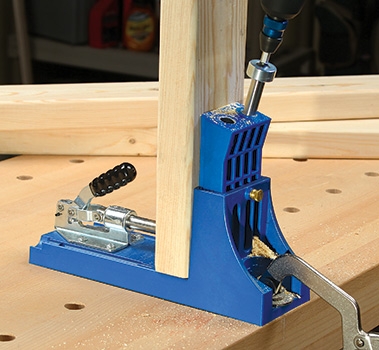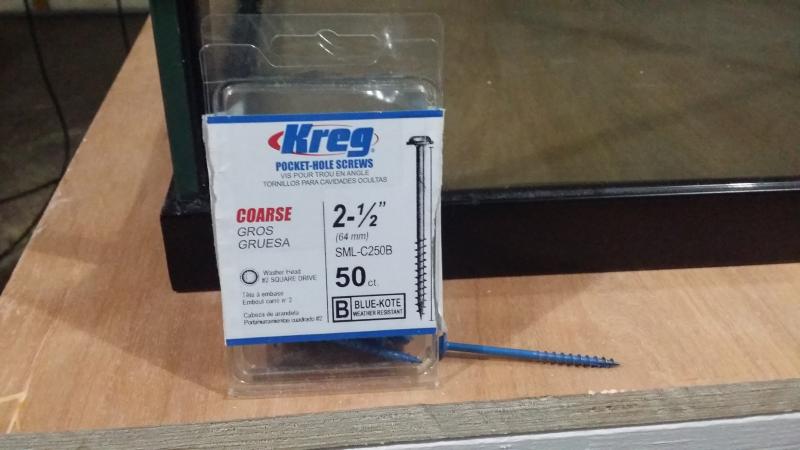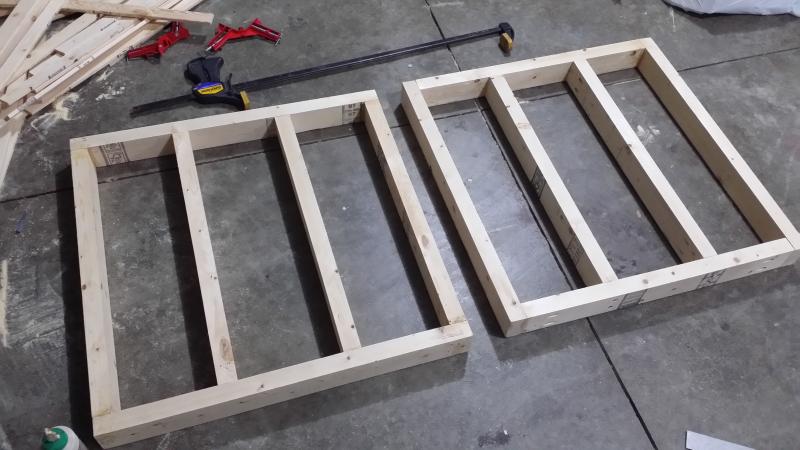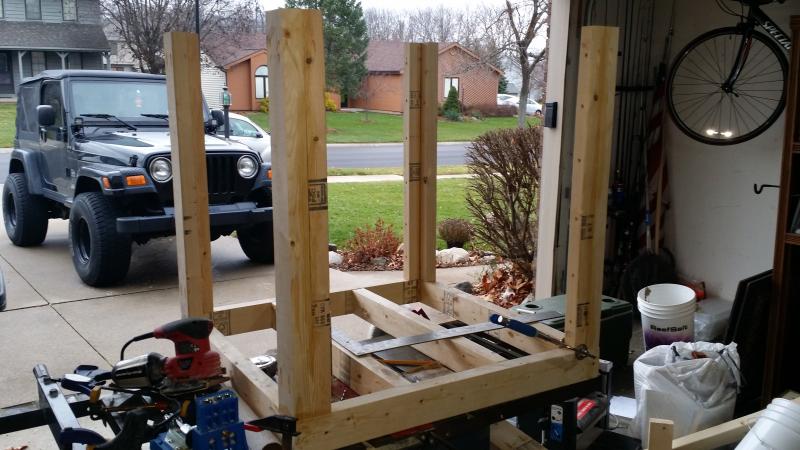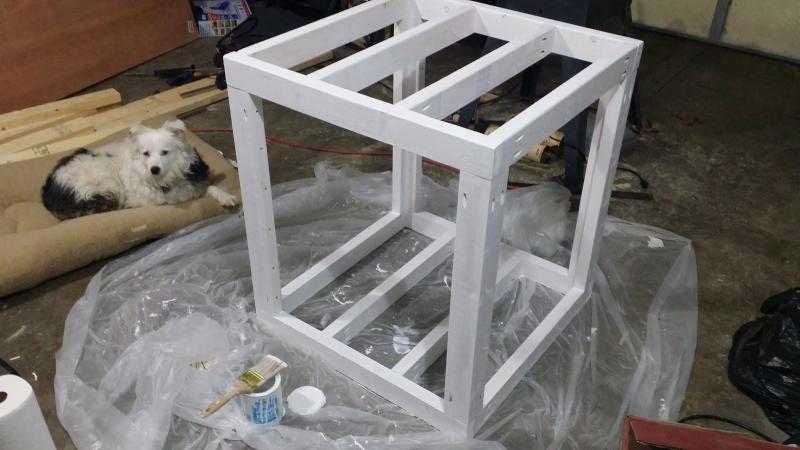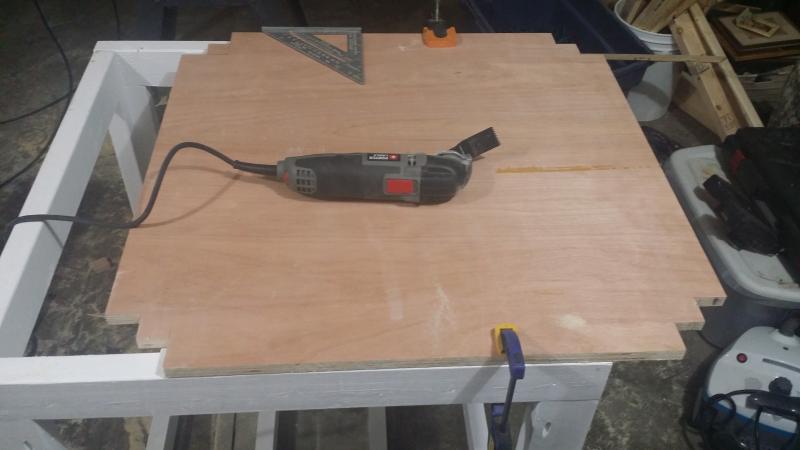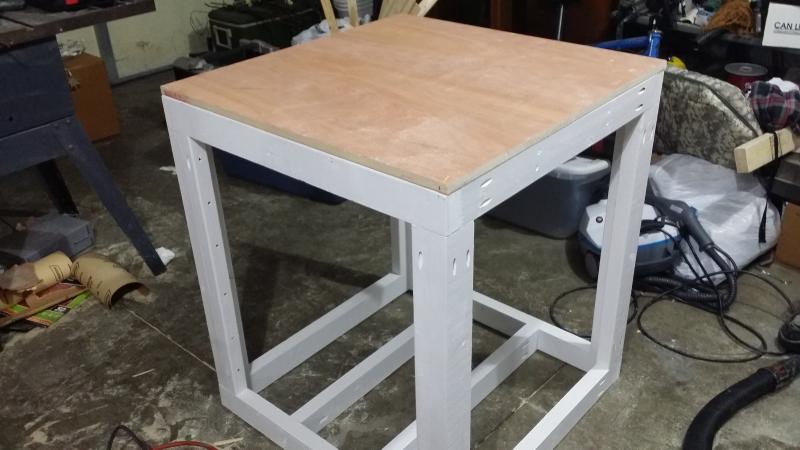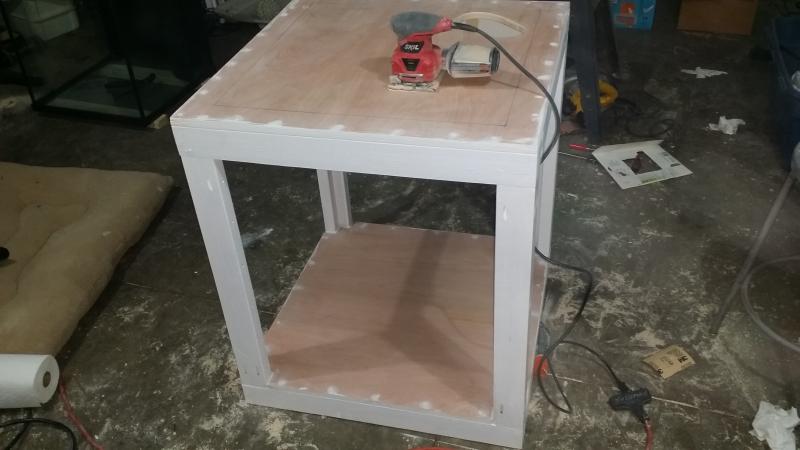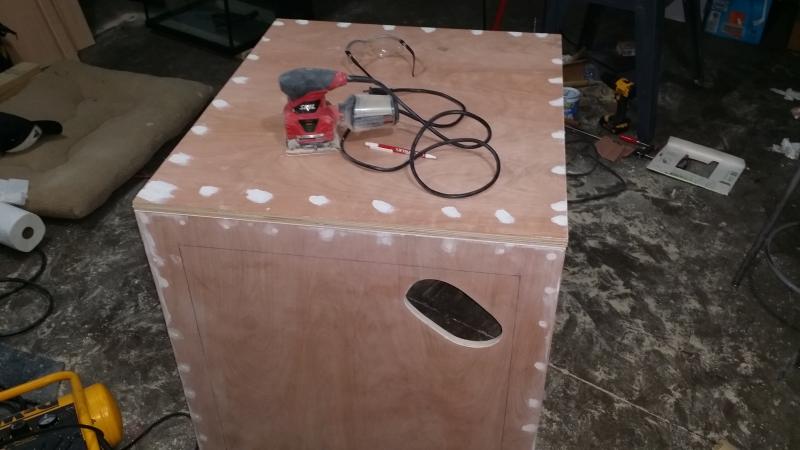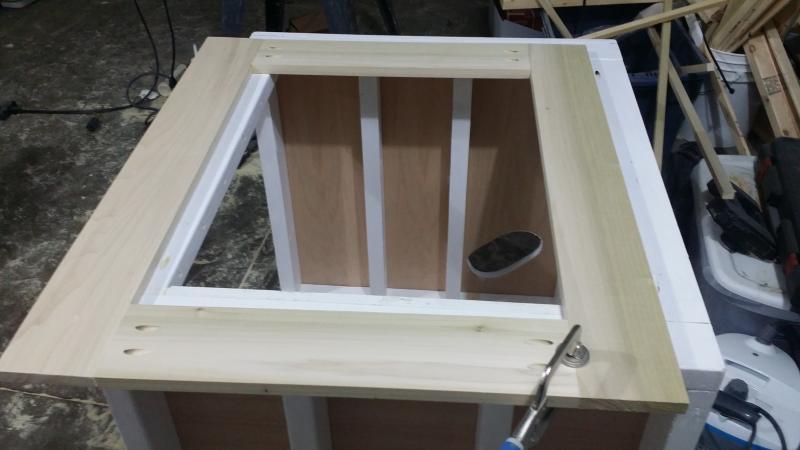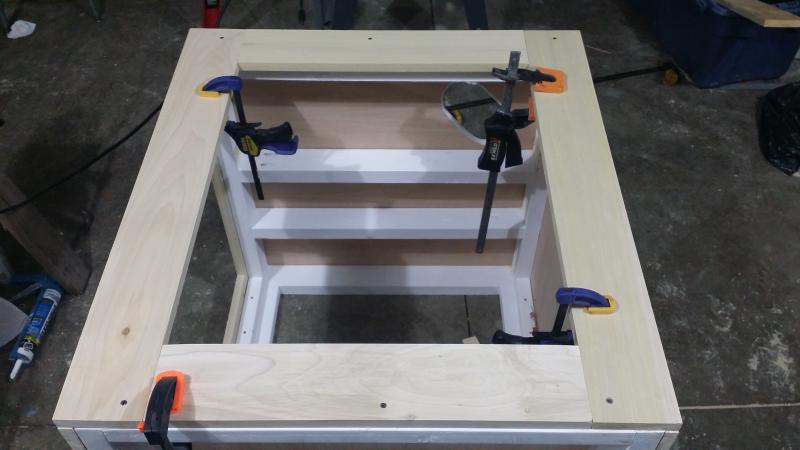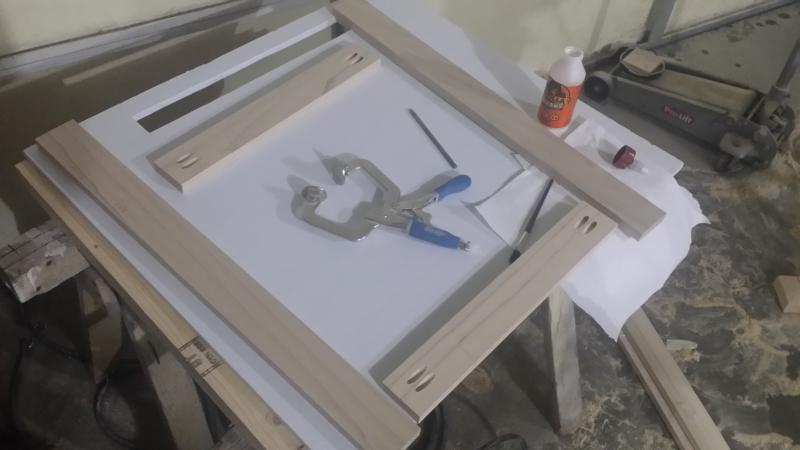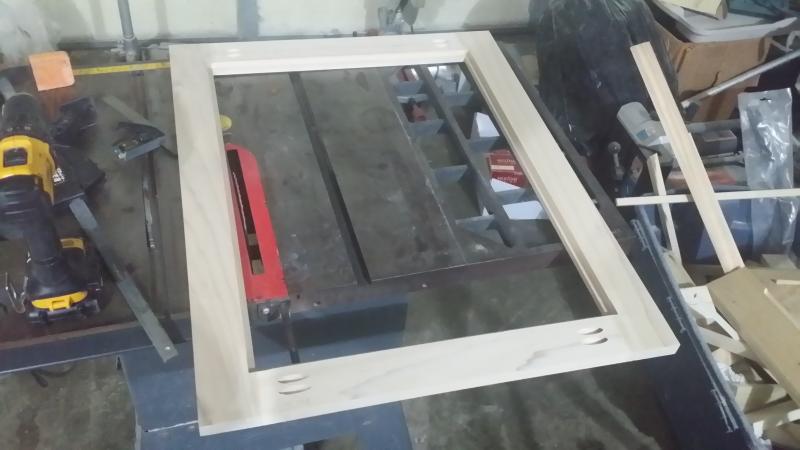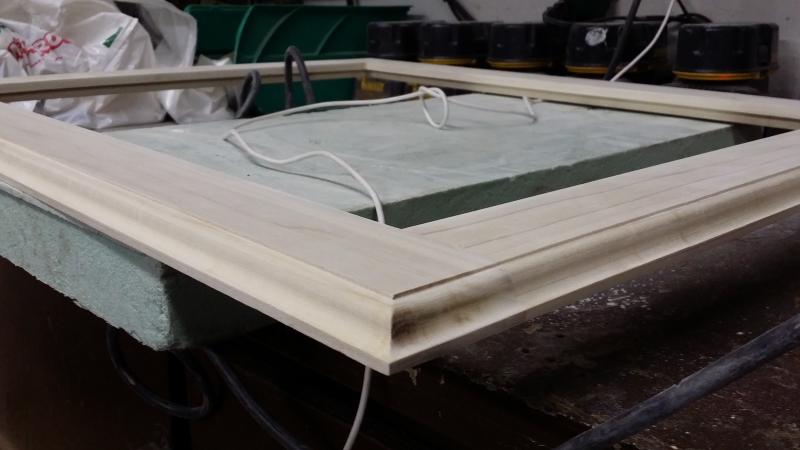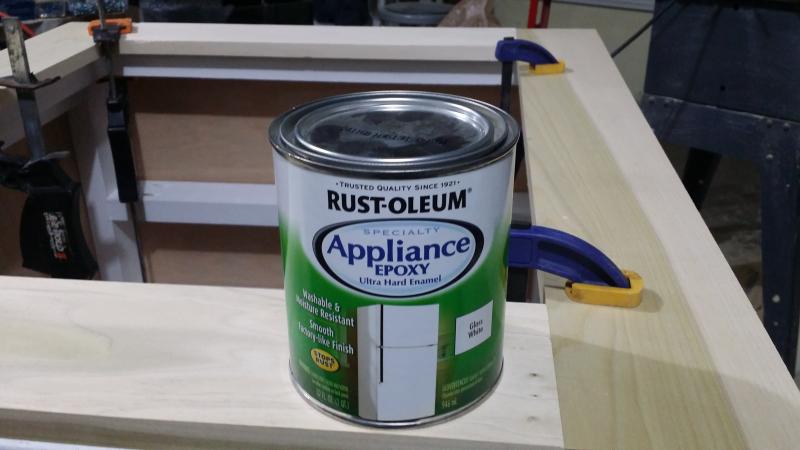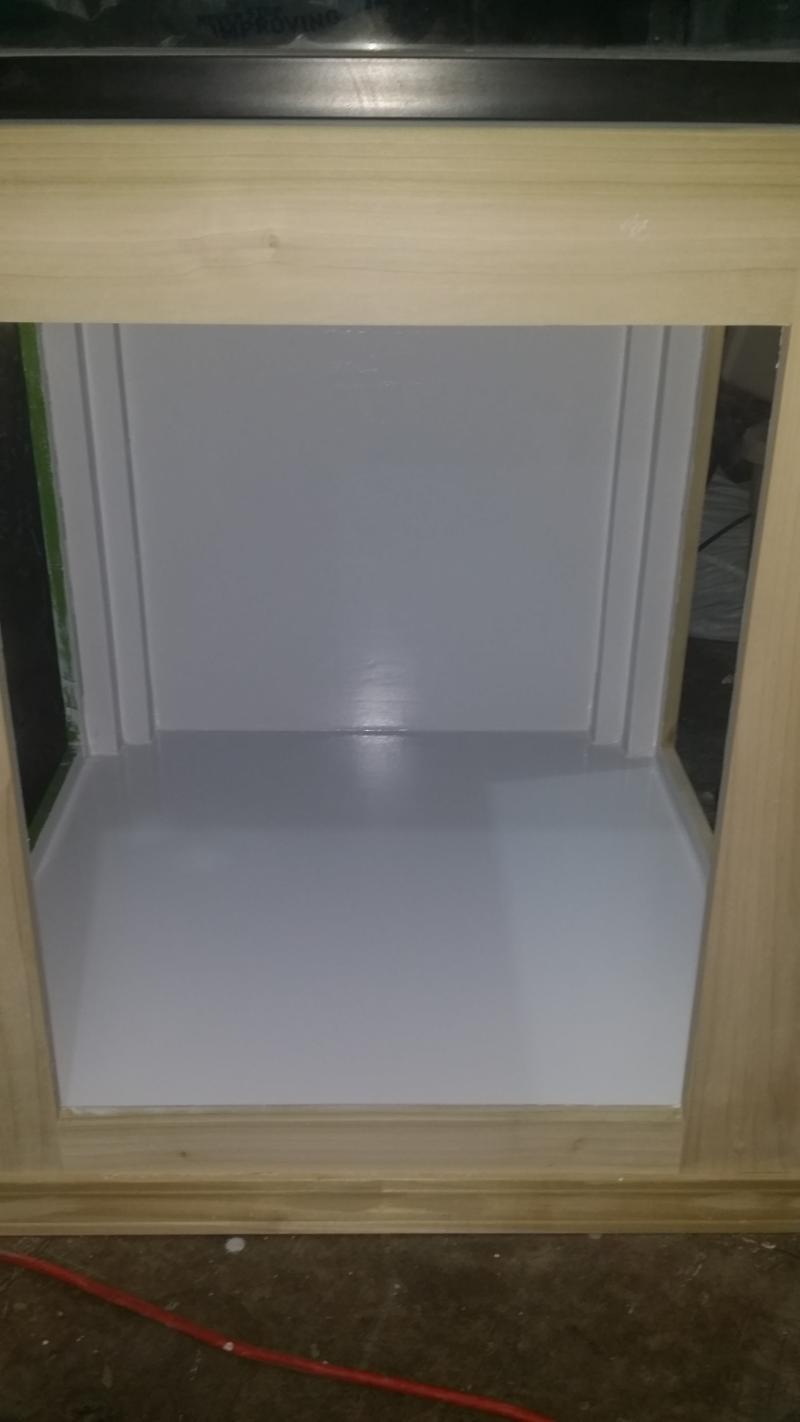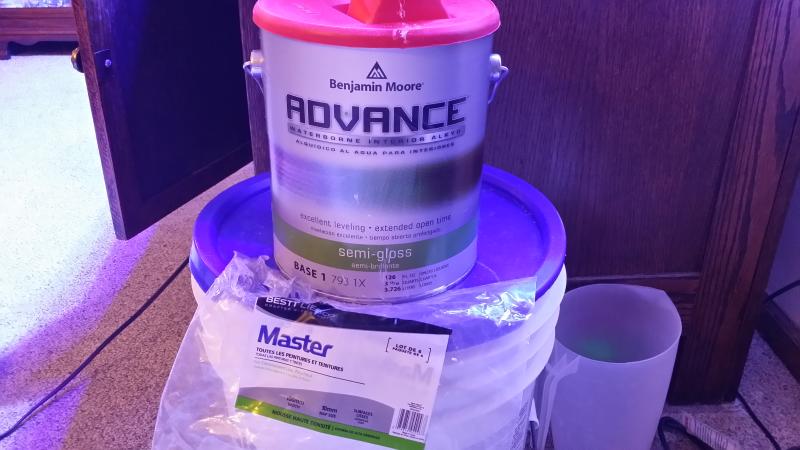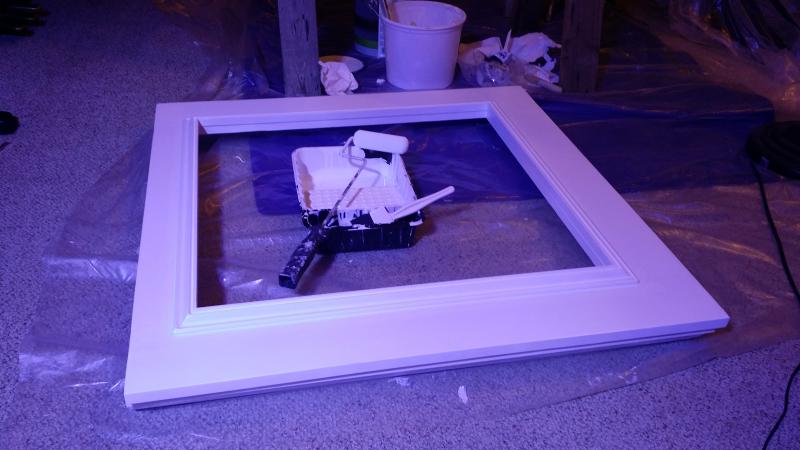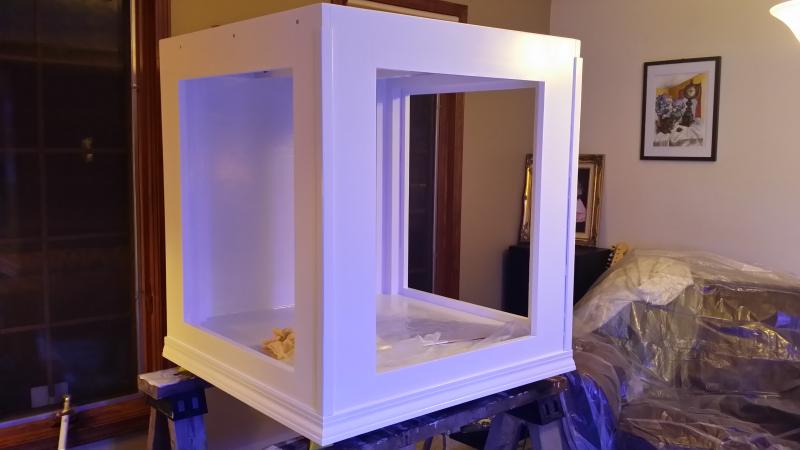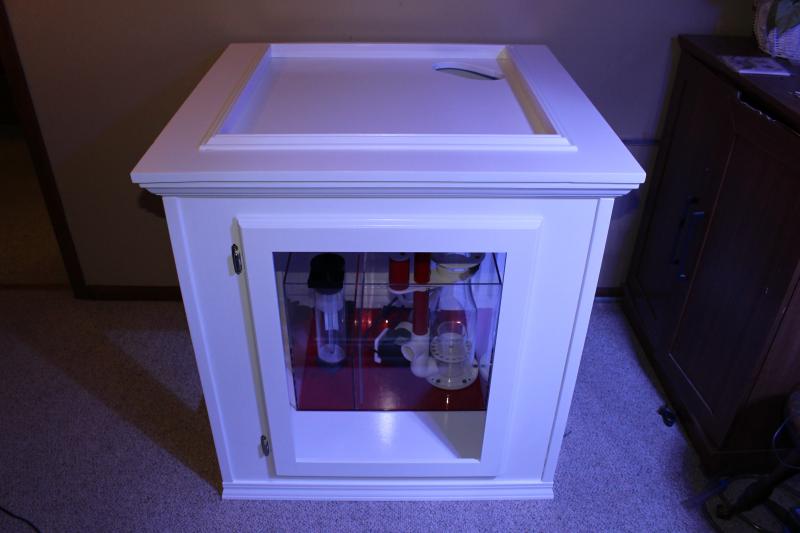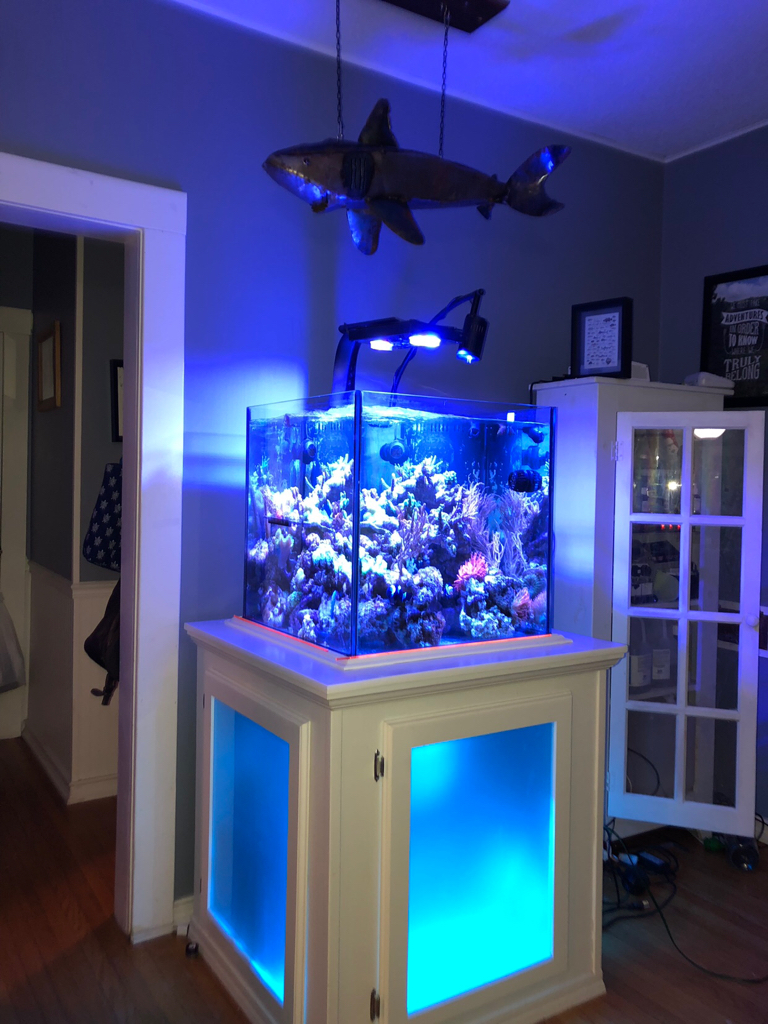Awesome! Can you tell me please, what was the total cost for all materials ?
I've just finished a stand as well and total cost is $350. Thanks again!
Size: 30"x30"x34".
Color: White.
Paint Inside: Rust-Oleum - Appliance Epoxy.
Paint Outside: 1. Kilz primer + 2. Rust-Oleum Enamel.
Silicone: GE White Paintable Silicone.
Removable sides on magnets.
Leftside: White LED decoration.
Fun: Corsair Air Series SP120 Quiet Edition.
Dust reduction: Silverstone Tek 120mm Ultra Fine Fan Filter with Magnet Cooling.



I've just finished a stand as well and total cost is $350. Thanks again!
Size: 30"x30"x34".
Color: White.
Paint Inside: Rust-Oleum - Appliance Epoxy.
Paint Outside: 1. Kilz primer + 2. Rust-Oleum Enamel.
Silicone: GE White Paintable Silicone.
Removable sides on magnets.
Leftside: White LED decoration.
Fun: Corsair Air Series SP120 Quiet Edition.
Dust reduction: Silverstone Tek 120mm Ultra Fine Fan Filter with Magnet Cooling.






